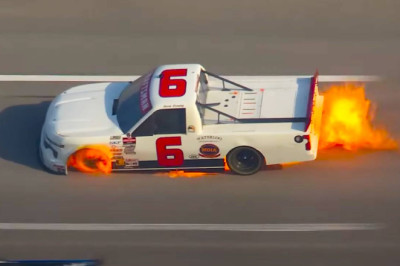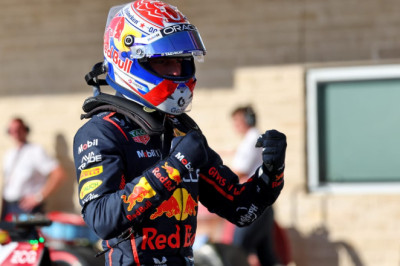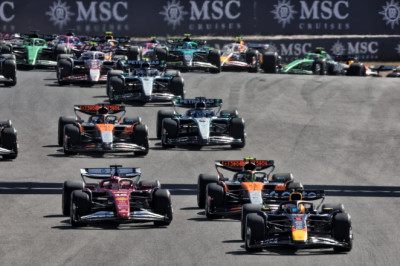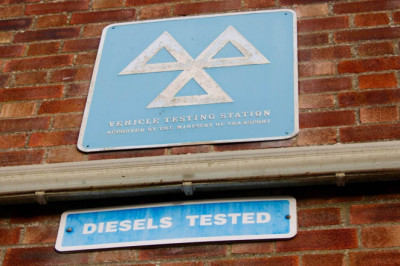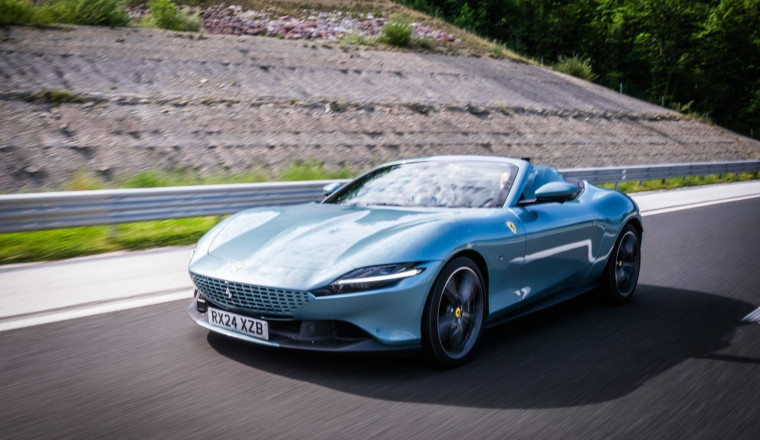
We crawl through Cricklewood, battle through Brent Cross, then cruise sedately up the A1 (M). Finally, we take the exit, the traffic ebbs away and the road opens up ahead: a ribbon of empty tarmac between open fields. My overwhelming urge is to click the left paddle down a couple of gears, flatten my right foot and see just how fast this Ferrari is, but I’m sure my companion would disapprove. So, I check my mirrors, adjust my road position and accelerate gently up to the speed limit. “Nicely done,” says Graham from the passenger seat. “Nicely done.”
Graham Wettone worked for the Metropolitan Police for 30 years, including as a pursuit driver in south London, and in the Public Order Branch at Scotland Yard. He has also written a book: How To Be A Police Officer. Today, a semi-retired Graham is one of the driving assessors for Auto Vivendi, the UK’s largest supercar club, and he’s joined me for an introductory day in the Ferrari Roma Spider. “This is not about speed, it’s about making progress safely,” he explains. Duly noted.
Now in its 20th year, Auto Vivendi is an exclusive club for supercar enthusiasts. It currently has 31 cars in its collection, with a combined value of more than £8 million, and a couple of new vehicles are added every month. Highlights right now include an Aston Martin Vanquish, Ferrari SF90 Spider, Lamborghini Revuelto, McLaren 750S Spider and Rolls-Royce Spectre. The new Ferrari 12Cilindri, Lamborghini Temerario and Porsche 911 (992.2) Dakar are all on order.
Auto Vivendi members can drive its cars for anything from 20 to 365 days a year, with an annual allowance of between 1,000 and 12,000 miles. Prices start from £17,950 plus VAT for a Silver membership, which offers 20 days and 1,000 miles of driving – decent value if you add up the servicing, insurance and potential depreciation costs of owning a new supercar. A network of ‘Club Hubs’ across the UK allow members to collect cars, or they can have them delivered to home.
Tucked down a side street in leafy St John’s Wood is Auto Vivendi’s London Clubhouse, where I meet MD Craig Williams. “We hold a lot of social events and parties here,” he explains, “and we also organise track days and driving adventures. Next year, for example, we’ll go ice driving in Norway, explore the Dolomites and visit the Monaco Grand Prix.” Craig then walks me through more of the car collection: “We have a lot of members with families, so SUVs like the Mercedes-AMG G63 and Lamborghini Urus SE are popular. And we have a few classic ‘wild cards’, such as the Ferrari 355 Spider and Dodge Viper.”
A Viper might be a tad too ‘wild’ for me, particularly with a former policeman riding shotgun, but the Roma Spider seems ideal for the job. It’s the entry-level Ferrari – soon to be replaced by the new Amalfi – and is more of a blue-blooded GT than a red-blooded supercar. A 3.9-litre twin-turbo V8 sends 620hp and 561lb ft of torque to the rear tyres via an eight-speed dual-clutch gearbox: good for 0-62mph in 3.4 seconds and 199mph. But only on a private road or racetrack. Ahem.
For my money – and you’d need £210,313 – the Roma is also the prettiest Ferrari of recent times. Elegant and understated, it’s less aggressive than Maranello’s mid-engined supercars, and looks particularly lovely in drop-top Spider guise. The five-layer fabric roof follows a similar profile to the coupe, then can disappear beneath the rear deck in 13.5 seconds. Ferrari says redesigned sills and a new rear bulkhead have retained the closed car’s rigidity, too.
A driving assessment day is mandatory for all new Auto Vivendi members to ensure their safety behind the wheel. And while I have reported on many fast cars as a journalist, I’m also conscious that it’s nearly 30 years since I passed my driving test. “We all acquire bad habits,” says Graham, who then proceeds to show me a reel of supercar crash videos, usually caused by a driver attempting to show off. It’s a sobering but necessary reminder of how quickly things can go wrong.
I get comfortable in the Ferrari then prod the haptic start button on the steering wheel. The V8 barks abruptly to life and we edge out of the Clubhouse into mid-morning London. The Roma doesn’t have a front axle lift system, so one of Graham’s first tips is to mount the speed humps, rather than trying to straddle them, in order to create more ground clearance. As we join the stop-start crawl on Finchley Road, he advises leaving enough space to see the tyres of the car in front, so we won’t get stuck if they break down or decide to stop. And he stresses the importance of anticipating hazards even at slow speeds – a point made when we hear sirens and hold back from crossing a junction, allowing an oncoming fire engine to swerve onto our side of the carriageway.
As we join the A1 (M) and progress gets quicker, Graham says I should be looking much further ahead: scanning the horizon, rather than merely focusing one or two cars in front. He also suggests checking all three mirrors every 30 seconds or so, and moving to the middle or outside lane when approaching junctions to avoid clashes with oncoming traffic. At all times, his emphasis – gleaned from years of studying and teaching the police Roadcraft manual – is on planning ahead, regulating speed and positioning the car to ensure optimum visibility and minimum risk.
We peel off onto flowing rural roads that feel more like the Ferrari’s natural habitat. I click the manettino into Sport mode and enjoy the metallic rasp from the quad tailpipes. Its steering is alert and full of detail, while the adaptive Magneride dampers (standard on UK cars) make the car feel taut and tied-down. It might be a GT, but the Roma is no laid-back boulevardier. This is still a Ferrari, after all.
Graham explains how the police used to teach the shuffling ‘push-pull’ method of steering, but now a mixture of this and the ‘fixed’ technique (with hands placed at 10-to-two or quarter-to-three on the wheel) is encouraged. On winding roads, drivers should always look ahead to the ‘limit point’ – where the left and right sides of the road appear to meet – to gauge their speed into corners. Doing so, I could often simply back off the throttle, rather than needing to brake, which made for smoother progress.
My other major learning from the day concerned road positioning. Many of Britain’s B-roads are crumbling at the edges, so keeping the car out of the gutter – especially a supercar on low-profile rubber – could prevent you falling into a rut, or pinching a tyre on a pothole. “The dotted white line is there to separate traffic,” notes Graham, “but you can use all of the tarmac. If I have good visibility ahead, I will position the car right in the centre of the road.” An unintended consequence, perhaps, but using more space also means you can carry more speed.
Speaking of speed, during five hours with the Ferrari, I didn’t exceed the limit once (or certainly not by more than a few miles per hour). Yet being with Graham forced me to reassess every facet of my driving and be totally immersed in the process.
This was a very different experience to a typical supercar launch (a mountain road for the main course, a racetrack for dessert), yet it was perhaps more intense and equally enjoyable.
Back at the Auto Vivendi Clubhouse, we grab a cold drink and Graham tells me about his police pursuit days. “We used Vauxhall Cavaliers, Ford Sierras and Rover 800s. Contrary to popular opinion, they weren’t modified to go any faster. They were just driven well.” It’s a reminder that, whether you’re in a 1980s repmobile or a brand new Ferrari, ‘driving well’ is something we can all aspire to.
ALSO READ:
Aston Martin Vantage Roadster 2025 review
Sympathy for the Devil: How Eccentrica reinvented the Lamborghini Diablo
New Corvette E-Ray is a bargain supercar – now on sale in the UK
New Range Rover SV Black has stealthy styling and a 615hp V8
Jeremy Clarkson’s Ferrari fails to sell: time to grab a bargain?





